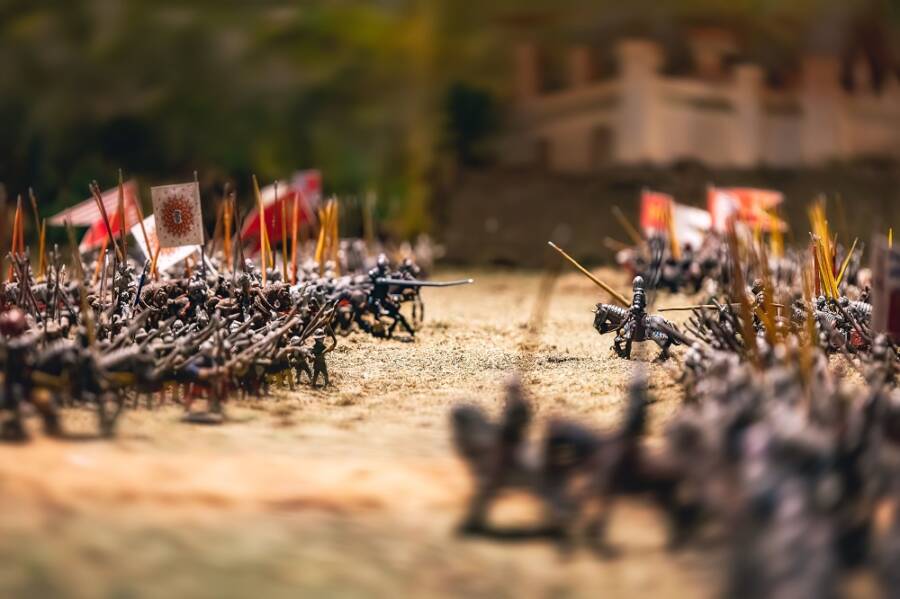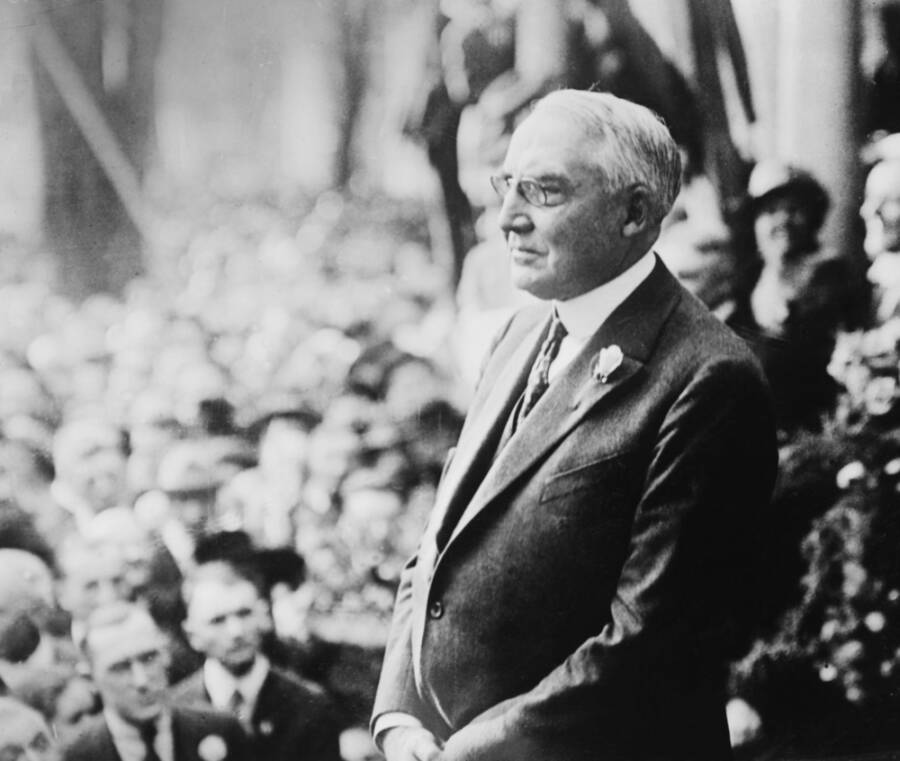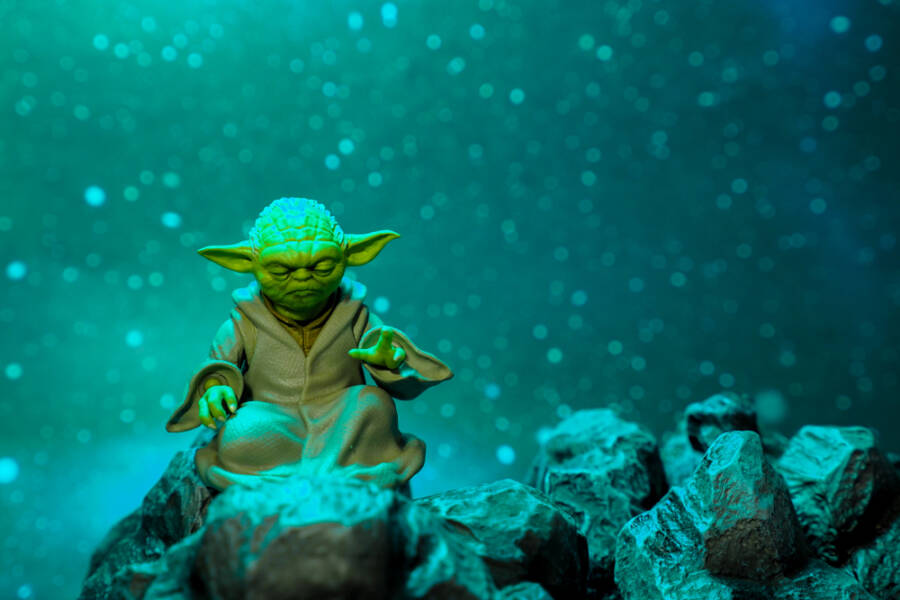Why do people never smile in old pictures?
Judging by the people’s faces in photographs from the 19th century, you would probably think that something happened in their lives and they felt completely miserable. Along the years, this raised questions like, “Why didn’t anyone smile?” or “When did those frowns finally turn upside down?”
And because a lot of you were curious about these facts and what reasons stand behind this “myth,” in today’s article we will reveal the truth about why smiling was completely underrated in vintage pictures. All these facts were carefully researched by the historians, and we’re happy to share them with you in order to answer your questions. Let’s start!

1. Smile was considered unusual in public
Despite what we as modern people may assume based on the photographic record, people from the past centuries were happy. Even if there is some photographic evidence to back it up. But believe it or not, all these people behaved more or less as we do today. They played, laughed, sang, and most importantly, they used to smile in real life. “Pics or it didn’t happen,” you may be tempted to say, and you’re not entirely wrong regarding this matter.
Well, for decades, smiling was considered private, and since photographs were more public than private, people were thought not to smile when someone had a camera in front of them. What is strange are public performances and public presentations. In other words, you were totally allowed to smile in private when you were surrounded by your family and friends, away from strangers’ eyes.
However, when you were in public, you were expected to be serious, to give the impression that you were honest and trustworthy. “You weren’t supposed to smile like a lunatic in public!” because what would other people think of you if you did?
2. Today we say “Cheese”, back in the day, they said “Prunes”
Seriously, this isn’t a joke! All the photographers from the 19th century told their models to say “prunes” when they were in front of the camera. And now you may ask, “Why?” Because by doing this, your lips will appear smaller than they were, and this is a sign of beauty and delicacy. It goes without saying that a century or less can bring about significant change. In addition to being more attractive by Victorian standards, small mouths also reflected the appropriate manners of the day, which called for being demure and restrained.
3. It was harder to capture a smile with the old technology
There is no better explanation for the lack of smiles in vintage photography from the 19th century than the bad technology and poor quality of all the cameras used. But on the other hand, the long exposure was also an issue, and the subject had to stay as still as possible so the picture wouldn’t look blurry.
Can you imagine how much it would take to have perfect photography? I bet it was more of a hassle, and the models looked rather bored than sad in the pictures. We should be grateful for living in modern times with all this amazing technology going on today!
4. Many people had bad teeth
It’s no surprise that in the 19th century, hygiene in general was a very delicate subject, as we discussed in other articles as well. And the dental hygiene was nothing like it is today. Prior to the invention of photography, it wasn’t a really big deal—not from a portrait standpoint, at least! A portrait artist could easily hide rotten teeth with a brush of paint. However, long before Photoshop and other modern inventions made it possible to edit photos in the blink of an eye, photography revealed a subject’s rotting and missing teeth. Nobody would have liked that!
Back in the day, people had weird teeth (most of them with gaps) if they had teeth at all, which militated against a wide smile in public or in photographs. Luckily for everybody, dental hygiene and hygiene in general have improved over the years. And with those improvements, people began to get more comfortable showing off their pearly whites in photos.

5. Early photographs were seen as a passage to immortality
In today’s world, when we take a picture, we want it to look as good as possible because, in most cases, it will end up on social media. And because everyone will see us, we must dress impeccably and sharply. Oh, and we have to smile! But back in the day, people never thought about their Facebook page because, for them, photographs were a passage to immortality. That’s why postmortem photography was invented, and as weird and creepy as it sounds, it was a “trend,” especially during the Victorian era. Families paid a lot of money to frame a photograph of their recently deceased relative.
What a time to be alive!
The association between photography and death certainly contributed to the seriousness with which photos and the poses in them were treated.
6. Photography was ‘frightening’ for some people
It may seem strange, but for a lot of people, posing for a photograph is a total hassle, which makes them nervous. You don’t know what to do with your hands, what the ideal position is to look good, or which side of your face reflects the light better. It’s a lot to think about! Let’s leave the photographer to do his job. But in the 19th century, many found posing for a picture worse than unnerving—it was downright frightening!
A lot of historians have found odd information about photography in the early 19th century, and one of them is that all the subjects, or most of them, were afraid of the camera. And modern folks might feel the same way if we still use the same lingo they did back then.
For example, some of the first photography studios were called “operation rooms,” and the photographers told their models to pose before the instruments because nothing really puts people at ease like implying they’re about to undergo surgery. Creepy, right? I mean, who would smile with that horrific background?
But luckily for people, Kodak made an effort to change this fear of the camera or portrait photography in general. As a result, many studios began to appear friendlier and cozier rather than frightening. That was a huge improvement in the photography field.
7. A wide smile indicated madness
And nobody likes to be called insane, right? In the early days of photography and during the whole Victorian period, a wide smile was linked to madness. This came from the fact that society had to control their emotions while in public. And one thing was clear: you were either insane or drunk, both unacceptable “qualities” at the time.
8. Early photography was heavily influenced by paintings and no ‘smile’ was allowed
In today’s world, photography is exactly the opposite of what it used to be. Now we take a lot of selfies to send and post on social media to show others our day-to-day lives. But back in the 19th century, art (and when we say art, we mostly refer to painting) was something else. A photo was a “frozen presentation” of a human being, not a moment in time. And everybody agreed on that.
In 1894, when a model was interviewed, he said that there was no substantial difference between posing for a painting and posing for the camera. He was kind of right! Because photos took up to 20 minutes or more to snap, which is a lot for pictures, and everybody would lose their patience during the process.
But even as cameras got better, it was challenging to think of photography as a distinct art form with its own aesthetics. Cameras represented an ideal of life, not a snapshot of it, even when it was quicker to take images. That ruled out any smiles.
If you’re new around here and you liked our content, don’t forget to subscribe to our page! We have many historical surprises for you, and one of our favorites is: 8 Accidental Inventions People Are Crazy About.






One Response
In 1955, my parents, sister, and i were having our official passport fotos taken. We were instructed to remove glasses, and admonished, by the officials, to NOT smile. Everytime, that was the norm for several years.